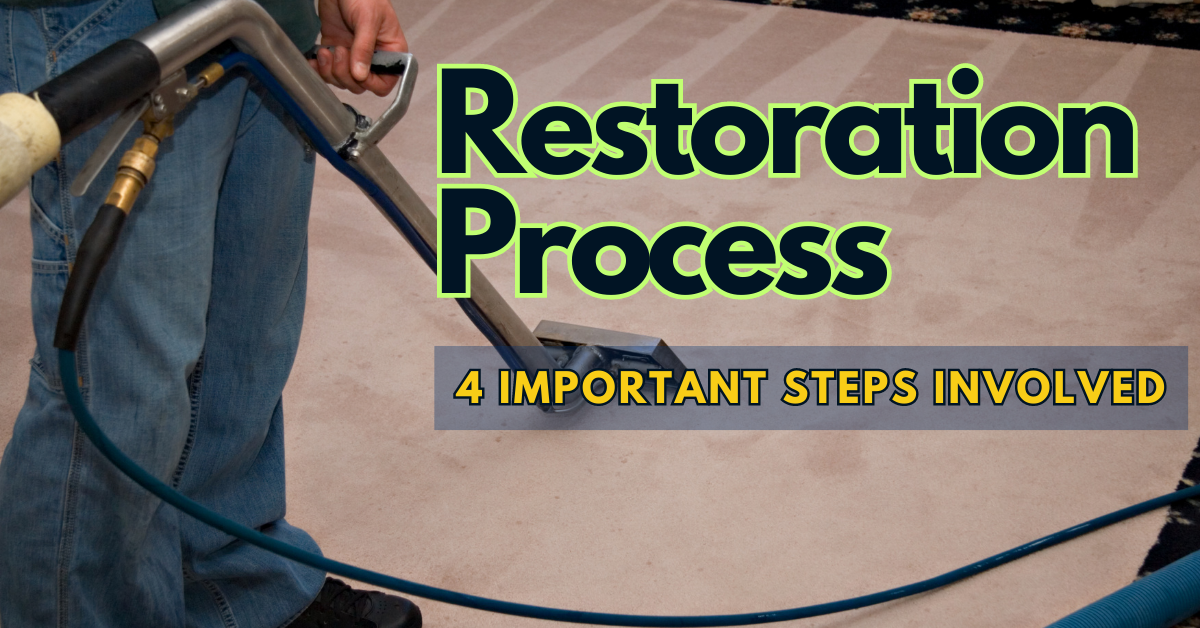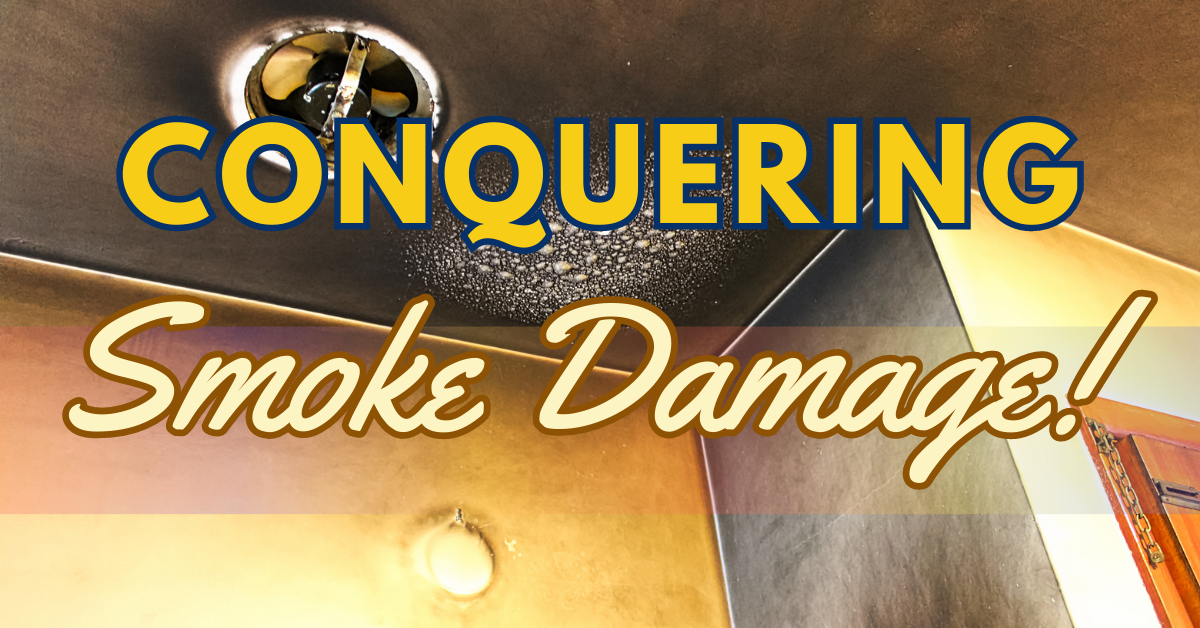The restoration process for water damage in ceilings can be confusing and overwhelming for homeowners. When ceilings are damaged by water, whether due to a leaky roof, burst pipes, or plumbing problems, the consequences can be frustrating and extensive. One of the main concerns homeowners face is the duration it takes to fix the damage. In this article, we will break down the restoration process of repairing water damage in ceilings, exploring the factors that influence repair timelines, the step-by-step procedures involved, and practical tips to expedite the process. By gaining a clear understanding of this restoration process, homeowners can better manage their expectations and take necessary actions to minimize the impact of ceiling water damage.

Steps Involved in the Restoration Process
Assessing the Damage
The first step in the restoration process of ceiling water damage is to assess the extent of the damage. This involves identifying the source of the water, evaluating the affected area, and determining the underlying cause. The time required for this assessment primarily depends on the size and complexity of the damage. A small water stain may require a quick inspection, while a larger area with visible sagging or structural issues may take longer to assess accurately. Generally, a professional restoration company or a qualified contractor can efficiently evaluate the damage and provide an estimate for the repairs within a few hours to a day.
Water Extraction and Drying
Once the damage has been assessed, the next crucial step is to remove the water and moisture from the affected area. This process involves using specialized equipment such as wet vacuums, pumps, and dehumidifiers. The duration of this step varies depending on the amount of water, the size of the affected area, and the accessibility of the damaged ceiling. For minor water damage, it may take a few hours to extract the water and set up the drying equipment. However, in cases where there is significant water intrusion or extensive damage, the extraction and drying process can take several days. Additionally, factors such as humidity levels and ventilation in the room can influence the drying time.
Repairs and Restoration
Once the affected area is completely dry, the restoration process starts. This includes fixing or changing damaged ceiling materials like drywall, insulation, and paint. The time it takes for this phase depends on how complicated the repairs are and if the materials are readily available.
If the ceiling is severely damaged, the affected parts may need to be removed and replaced, which can take a while, especially if there are multiple layers of damage.
Fixing the root cause of the water damage is crucial during the restoration process. This may involve repairing leaks, fixing plumbing issues, or improving ventilation to prevent future incidents.
Once the underlying issues are addressed, new materials like drywall, insulation, and paint are installed. The time required for this step depends on the size of the area and the complexity of the repairs. For instance, patching a small hole in the drywall may only take a few hours, while replacing a larger section of the ceiling can take several days.
After the new materials are in place, the ceiling is painted and finished to match its surroundings. It’s important to consider the drying time for the paint and other finishing materials as part of the overall timeline.
Cleaning and Final Inspection
Once the repairs are complete, it’s crucial to clean the affected area thoroughly. Water damage restoration professionals often use specialized cleaning agents to disinfect the area and remove any potential mold growth. After the cleaning process, a final inspection is conducted to ensure that all repairs have been completed to a satisfactory standard. The duration of this phase depends on the size of the affected area and the level of detail required.
Fixing ceiling water damage is a multi-step process that involves assessing the damage, extracting water and moisture, repairing or replacing damaged materials, and conducting final inspections. The timeline for the restoration process varies depending on several factors, including the extent of the damage, the availability of materials, and the complexity of the repairs. Minor water damage can be resolved within a few days, while more severe cases may take several weeks.
It’s important for homeowners to promptly address water damage issues, as delays can lead to further complications such as mold growth and structural damage. Seeking the assistance of a professional restoration company like Superior Restoration can help ensure that the repairs are carried out efficiently and effectively. By understanding the steps involved and managing expectations, homeowners can take the necessary actions to minimize the impact of ceiling water damage and restore their homes to their former glory.




